Making it Work
Sitting in the Invercargill airport, I kept on wondering why people were giving me stranger looks than normal. Oh then I remembered it might be the bloody big bandage wrapped around my head. The night before I had fallen over backwards and clipped the back of my head on a wall heater. Wall heaters are very common in Invercargill, I reflected as a cheerful Irish nurse stapled my scalp. Jon my colleague and friend had taken me in to the A & E from our hotel in a calm non nonsense manner. We were down in Invercargill to look at an alternative model of employing disabled people that we could possibly replicate in a hybrid fashion in Whangarei.
Employment is a biggie. Unless you inherit a big whack of dosh at a young age (and even then just remember, as I remind my kids -‘there is no free lunch’) ,it’s one of the major components of a successful life. Employment is all about planning. Putting the hard yards in, whether that’s going to Uni and getting a sought after degree or rising up through the ranks, bottom up, tooth and nail. The latter is becoming rarer. A dodgy rung on the vocational ladder is discrimination. Lately we have heard a lot in the news about pay equality. Sectors that are primarily staffed and run by women are not reimbursed at the same rate as their male man-powered cohorts. While I have said it before (and no doubt will say it again), disabled people are right at the bottom of the food chain when it comes to employment. Our glass ceiling is so low we can see our butts in the reflection!
The unemployment rate of disabled people was reported to be double that of non-disabled people according to the Department of Stats quarterly return in January 2017. I find that overly optimistic….
Successive governments have tried to turn this rather glib statistic around. .Time for a scintillating Jonny history lesson- this time (and I don’t know how to glam it up) , ta da… it’s in Disability Employment !!!
After the Second World War, returned injured war veterans were put to work in factories and retrained to work on production lines. The Government took a pragmatic approach training the vets who had lost their legs to be productive with their hands and visa versa. At the time this was an acceptable way of ensuring the whole workforce was productive. These work camps slowly morphed into what we use to call “Sheltered Workshops”. These were big factories where disabled people did repetitive manual tasks such as making Kiwifruit boxes for export. In 2001?? The Ministry of Health produced a document called “Pathways to Inclusion” It was a lofty document that laid down the law proclaiming that everyone had the right to paid employment. It was a precursor to a Labour repeal of the Disabled Persons Employment Promotions Act (DPEPA) which (kind of ironically) was all about making it legal to pay disabled people less than the minimal wage.
What the document or strategy didn’t fully address was the need for daily activity programmes or services that promote Community Participation. What were those who didn’t get work supposed to do? While many Sheltered Workshops were shut down to end exploitation and institutionalisation, what was going to replace the sense of community and value engendered by these places? Disabled individuals who were used to participating with their disabled peers started to receive one to one support. Isolation and fragmentation began to take hold. Even those organisations who were contracted to provide community participation services struggled to find activities that were age appropriate and took place in normal business hours- especially in places like Whangarei!
Fast forward to the present day. We, in the disability sector, are now waiting for the new Disability Strategy to be implemented. We are also waiting for a spectacularly nebulous Disability Action Plan for 2018 to 2020, we are told that the governments prioritisation sector are employment, housing, disability data, accessible government information, education and seclusion and restraint. At present I think you could use the words “seclusion and restraint” to describe historical efforts to employ disabled people.
In the last Disability Action Plan the key tasks were to encourage employers to feel more comfortable in employing disabled people and that Government departments and agencies should take a lead role in employing disabled people. So how’s that working out?
I myself as a disabled person in employment have had a variety of jobs. One of my most challenging jobs was as a house husband. I was the primary carer to our two daughters when they were of pre-school age. While Sally went out and brought home the bacon I would thrash around making sure Chyna and Sommer were fed and watered and entertained leaving a trail of devastation behind us. Yes, Clarke and I are birds of a feather although I’m sure I never wore cardigan! Yes being a caregiver is very hard work and I am looking forward to payback time as Father’s Day rolls around this Sunday and my daughters steel themselves in preparation for my high expectations.
Jonny Wilkinson is the CEO of Tiaho Trust – Disability – A Matter of Perception. A Whangarei based disability advocacy organisation.A different Light – 1 September 2018
